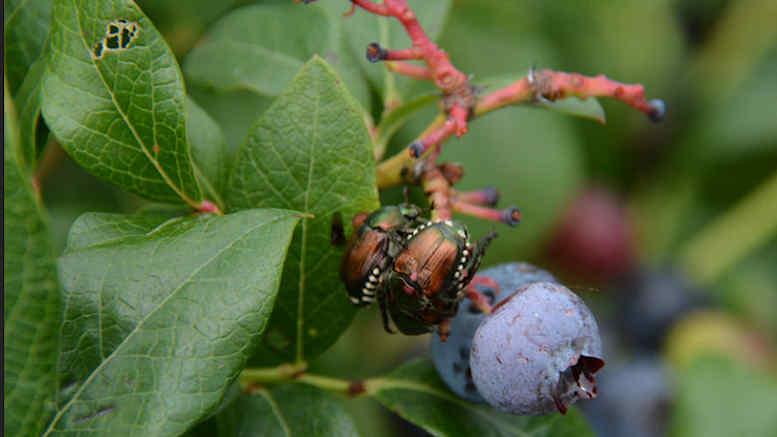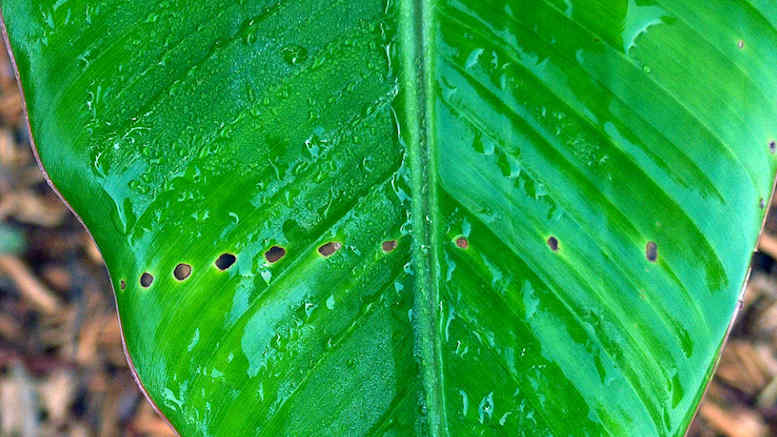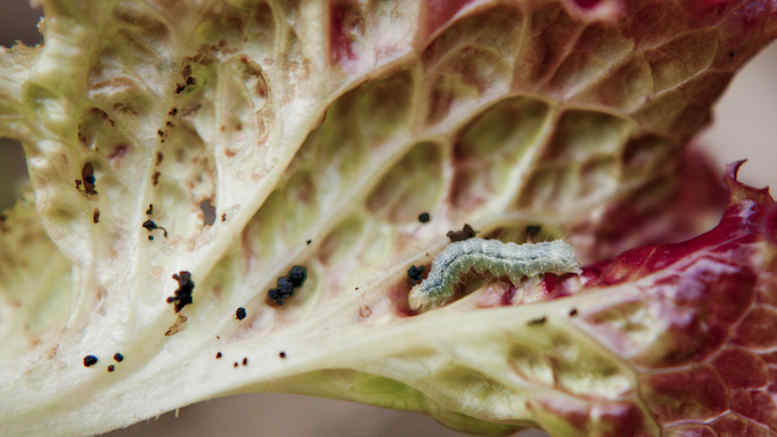As gardeners or ardent plant growers and plant lovers, we all take great pride watching our plants grow, bloom and blossom, and we enjoy the simple beauty of nature.
Then one morning we look at our beautiful plants only to discover a hole in the middle of a leaf or around the edges of the leaves or a hole in our fruit. So you know that you have some kind of insect enjoying and damaging your leaves and fruits. I want to share this simple all purpose foliar spray which you can easily mix and use.
- 1 litre/quart water
- 1 teaspoon liquid soap
- 1 teaspoon Neem X
- 1 tablespoon alcohol
- 1 teaspoon Microfol
- 1 teaspoon Epsom Salts
How To Mix:
- Measure accurately
- Mix well
- Apply with a spray bottle or can Spray top and bottom of leaves. Spray in the early morning or late evening (do not spray in the heat of the day)
- Spray top and bottom of leaves
- Spray in the early morning or late evening (do not spray in the heat of the day)
You may be asking what is Microfol. It is a specific formulation suited to cure and prevent physiological disorders linked to multiple deficiencies.
It is particularly recommended in case of crops (pome fruit, kiwifruit, grapevine, strawberry, solanaceous crops and cucurbits) or environmental contexts (alkaline, cold and humid soils) that require a high supply of meso and micronutrients, magnesium and iron in particular.
Thanks to its purity, Microfol can be used also on soilless crops.
NOTE: Instead of purchasing Neem X, you can harvest the leaves from neem trees, boil a handful or 2 in 1 litre/quart of water, strain and use the liquid instead of the water in the recipe.
ALTERNATIVE SPRAY FOR CONTROL OF INSECTS
This is effective against soft bodied insects.
- Mix 2 teaspoons mild/cheap dishwashing liquid
- ½ teaspoon of cooking oil
- 1 gallon of water and spray on leaves of plants to be treated. ,
CHEWING and BITING INSECTS (these include caterpillars and beetles)

These insects damage the leaves and fruits:
• By eating holes in the leaves and fruits and you can see their damage
• They are usually large enough to be seen
• They can be controlled by hand picking
PIERCING AND SUCKING INSECTS (aphids, mealybugs and scale insects)

Here is some detailed information on the above-mentioned insects from the website at The Department of Primary Industries and Regional Development – Agriculture and Food.
“Aphids, mealybugs and scales are the most common sap sucking insects in the garden. Along with whiteflies, aphids, mealybugs and scales belong to the suborder Sternorrhyncha of the Hemiptera family. This information sheet describes their biology and the control and prevention of these plant pests.

“Aphids, mealybugs and scales appear on plant parts in clusters and feed on the sweet sap by inserting a needle-like sucking tube into the plant and drawing out the juice. After the sap has been used by the insects, it is excreted as honeydew, which forms the base on which a black fungus grows. This fungus is known as sooty mould and its presence reduces photosynthesis and discolours affected fruit.
“Honeydew is used as a food source by ants, which actively transport the insects (aphids, mealybugs and scales) and position them on the plant.
“Ants may spread sapsucker infestations between plants via underground tunnels. As aphids, mealybugs and scales congregate in hidden places, or on the lower leaf surface, they may initially not be obvious. Affected plants appear water-stressed and leaves turn yellow and fall. In some cases leaves and flowers curl up and wilt.
“Aphids, mealybugs and scales all have the potential to transmit viruses between plants. However, aphids are the most likely transmitters”.
To read the entire article, go to the website at: https://www.agric.wa.gov.au/control-methods/aphids-mealybugs-and-scales
A Few More Points on These Insects:-
• These insects are usually small and difficult to see
• They suck nutrients from the plant causing the leaves to curl and droop
• Watering with high pressure can sometimes knock them off
• You can use the alternative spray mixture given above
• They are often associated with black sooty mold

